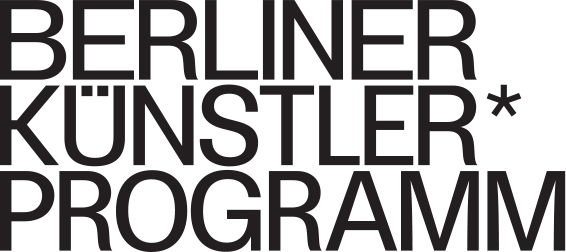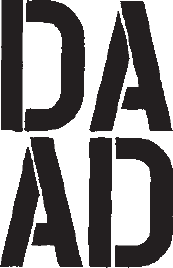Japan, Music, 1969
Maki
Ishii
Ten years before his DAAD Artists-in-Berlin Program (BKP) fellowship in 1969, Ishii Maki (b. 1936 in Tokyo; d. 2003 in Kashiwa) spent several years in Berlin; having started his composition studies in Japan, he completed these from 1958 onward at the Hochschule der Künste with Boris Blacher and Josef Rufer, a student of Schönberg.
The development of Ishii’s own compositional approach was, however, influenced less by post-serial music than by the open cultural climate he found on his return to Japan in 1961. This was coupled with a Buddhist ceremony he experienced at the Horyu-ji temple in the city of Ikaruga in 1966—an event that increased his desire to delve deeper into the traditions of his homeland.
Ishii subsequently sought not just to create a synthesis between Eastern traditional music and the post-serial Western European and American avant-garde: he also wanted to demonstrate how different musical systems and approaches could coexist through the creation of specific areas of tension. In this vein, Ishii also worked on the orchestral piece Kyo-O, which was composed in 1968, just prior to his residency in Berlin, and premiered in February 1969 as part of a German/Japanese Festival for New Music in Tokyo. Whereas his 1976 work Expressions for string orchestra reflected aspects of traditional Japanese music in terms of sound composition, in Kyo-O the rhythm that plays a major role in Japanese music becomes a central conveyor of meaning. A strong percussive presence dominates or asserts itself relative to the electronic modulation of the instrumental sounds—whose presence is, however, equally relevant. For instance, in order to create an acoustically expanded “multipiano,” eighty-eight contact microphones were attached to the strings of the piano.
Ishii’s composition Kyo-so for percussion and orchestra, which was conceived in a similar way to Kyo-O and also premiered in Japan in 1969, has a more obviously expressive tonal language, with condensed sounds culminating in percussion-dominated clusters. Here, the impression is created that, metaphorically speaking, a battle is being waged between the stylistic traits of advanced Western and traditional Eastern cultures. In 1969, Ishii composed La-Sen for chamber ensemble with electronics, as well as Marimba Piece for two instrumentalists. In works from 1970 and 1971, he then used exclusively Japanese instruments.
Ishii Maki, who in 1969 gave a talk on the latest experimental music in Japan at the Goethe-Institut in Berlin, resided in the city for a time after his fellowship ended in June 1970. His cultural engagement also included the two-day concert event Music Now, which he curated in 1972 as part of the Berliner Festwochen international music festival.
Ishii Maki performed in Berlin with the Tokk Ensemble, a group he had founded in Tokyo in 1973 that specialized in presenting contemporary Japanese music on traditional instruments: concerts were held on October 2, 1973, at the Academy of Arts (West) and on October 3, 1976, at the second Metamusik Festival. On the same evening, at the end of the second concert, his commissioned composition Monochrome II was performed by the internationally acclaimed Ondekoza percussion ensemble. The piece combines traditional Japanese taiko music on tubular drums with avant-garde techniques such as aleatoric music.
Text: Thomas Groetz
Translation: Erik Smith


